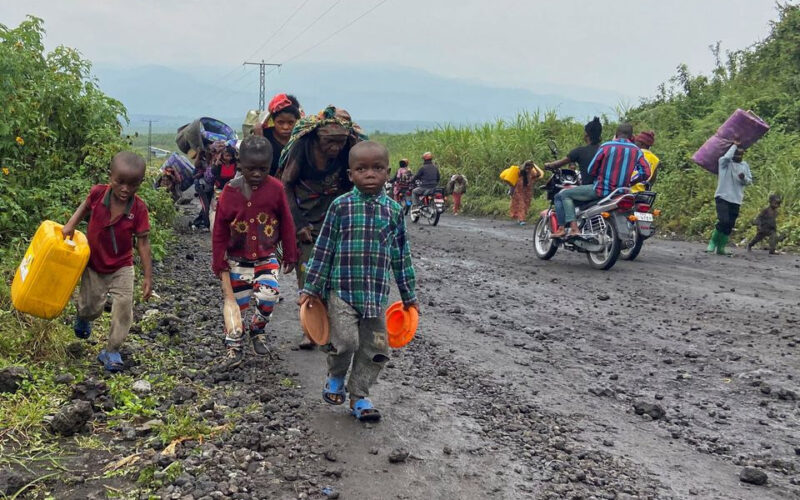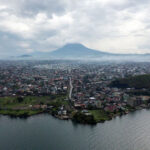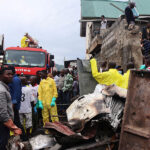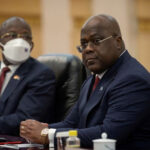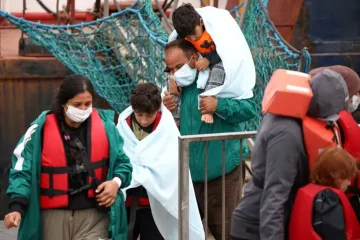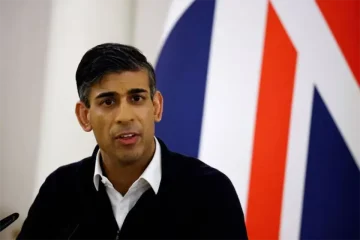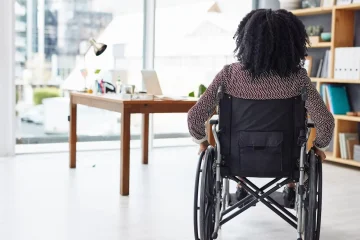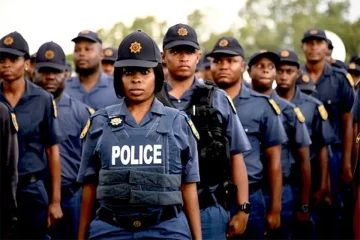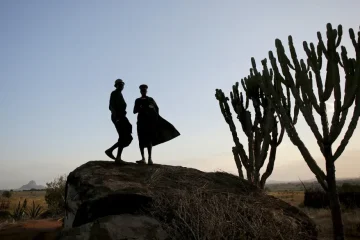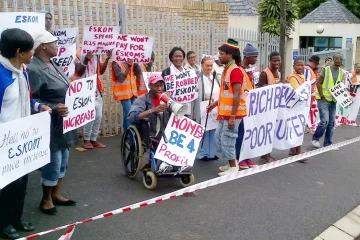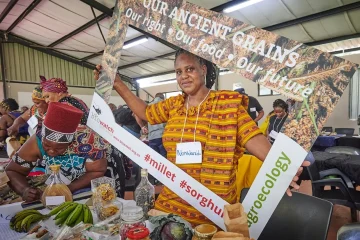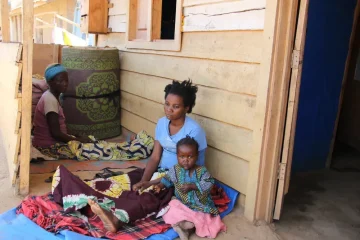The security situation in the eastern region of the Democratic Republic of Congo (DRC) continues to deteriorate. The region comprises North Kivu, South Kivu and Ituri provinces. It’s about seven times the size of neighbouring Rwanda.
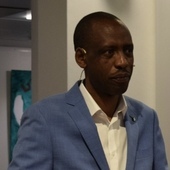
The violence in North Kivu has drawn most of the attention of the DRC’s neighbours and the international community. This close attention is aimed at preventing possible confrontation between Rwanda and the DRC.
Since late 2021, North Kivu has been confronted by M23 rebels who have executed people and forcibly displaced thousands within the province and outside the DRC. The DRC and UN officials have accused Rwanda of supporting M23 rebels. Kigali denies this.
In mid-2022, the East African Community sent a regional force into the DRC to halt the military advancement of M23 in an effort to address rising tension between the DRC and Rwanda. The DRC shares a 2,500km border with five east African countries: Burundi, Rwanda, South Sudan, Tanzania and Uganda.
Since this deployment, however, DRC president Felix Tshisekedi and residents of North Kivu have criticised the east African force, accusing it of deferring to the M23. The East African Community heads of states recently agreed to withdraw the force starting in December 2023.
The DRC’s leadership is now seeking support from another regional bloc, the Southern African Development Community (SADC). SADC has pledged to deploy a military unit to North Kivu in the coming days. The DRC is a member of SADC, as are its neighbours Tanzania, Zambia and Angola.
The SADC mission will support the Congolese army in its quest to root out M23 and other armed groups operating in eastern Congo. It’s still unclear if these troops will replace the east African force, or cooperate with it. Either way, this deployment comes on the heels of the gradual planned exit of UN peacekeepers from DRC starting in December 2023.
As a researcher on micro-level violence, I have studied the drivers of conflict in eastern DRC since 2017. In my view, there are four risks to the proposed SADC mission. These are:
- it would primarily target M23 rebels, leaving out the other armed groups in eastern DRC
- it could give Rwanda more room to exploit the M23 rebel force
- it could antagonise the East African Community, which the DRC joined in 2022
- the SADC force could end up being outnumbered in a vast region.
The focus on M23 rebels
The primary mission for the SADC force would be to stabilise and contribute towards peacebuilding in eastern DRC. The danger is that this mission, especially if deployed under the banner of the Congolese national army, could end up condoning the army’s perspective.
This perspective tends to concentrate on the danger posed by M23 and disregards the armed groups (more than 120) operating in eastern Congo. Further, it tends to accommodate other armed groups that commit atrocities against civilians. In countering M23 attacks, the army has co-opted foreign and local militias, providing them with guns and ammunition.
The SADC mission in the DRC may end up trapped in the Congolese army’s approach. This would be dangerous for the stability of the region. Some of these local and foreign militias have vowed to wipe out ethnic communities whom they believe are not “real Congolese”.
Any regional force aiming to stabilise eastern Congo should remain neutral in its actions and be alive to the ways the Congolese army has fanned violence and committed atrocities against civilians.
Rwanda and the M23
Efforts to stabilise eastern DRC should dissociate Rwanda’s grievances from those of the M23.
The rebel group claims to be fighting for the rights of Congolese Tutsis and other ethnic communities in the Kivus. Rwanda, on its part, accuses the DRC of working with a rebel force, the FDLR, that seeks to overthrow the Rwandan government and operates out of Congo. In a 2022 report, a group of UN experts on the DRC claimed that Rwanda armed M23 rebels to enable them to go after FDLR combatants. Rwanda has dismissed such allegations.
The M23 cause shouldn’t be exploited. Instead, preference should be given to enabling peaceful negotiations between the rebels and the Congolese government to address grievances.
However, the Congolese army and Tshisekedi’s stance against the M23 – particularly ahead of the DRC’s general elections in December 2023 – could push SADC forces to opt for a military solution to the rebel group’s offensive. SADC should be careful not to back a stance that would end up forcing M23 to remain a rebel force that regional countries could manipulate for their own agenda.
DRC and its neighbours
Map: Usifo Omozokpea. Source: Delphin R. Ntanyoma. Created with Datawrapper
Antagonising the East African Community
The East African Community’s force is largely criticised by Kinshasa and residents of North Kivu for failing to attack M23 rebels. The public – under the influence of Congolese political figures – tends to see the threat posed by M23 and disregards other forms of violence in the region.
Kinshasa has demonised the rebel force and its links to Rwanda for political mileage. Calling the east African troops’ efforts to root out M23 a failure after less than two years is premature. Particularly since the UN peacekeeping mission, Monusco, has been in the DRC for more than two decades.
The upside to the East African Community’s intervention is that it combines political consultations and dialogue among different belligerents. It is unclear what will happen to the peace talks initiated by former Kenyan president Uhuru Kenyatta should the SADC mission replace the east African one.
Limited force strength in a vast area
Eastern DRC contains at least 120 armed groups, and borders Rwanda, Tanzania, Uganda and Burundi. The SADC mission in the DRC will, therefore, be taking on multiple rebel forces in a vast area with complex politics. It runs the risk of having its efforts criticised just like those of the East African Community because of its limited capacity to tackle the [underlying causes of violence in eastern Congo.
The SADC force could choose to focus on attacking M23 rebels – which is how the group was first rooted out in 2012-2013. Or it will get lost in the vast jungles of eastern Congo. Either scenario won’t bring lasting peace.
Many of the drivers of violence in eastern DRC are linked to the state’s absence in the daily life of ordinary Congolese. This is largely driven by the political elites’ focus on their own survival. A purely military approach to addressing the violence would, therefore, be ill-advised.
This article was updated to reflect the recent decision of the East African Community on the future of its regional force in the DRC.

